

Not liking too much the huge crowds of people connected to the Brazilian Carnival, we decided to get away from it all and booked an excursion in the Amazon Forest, so we flew on Saturday morning to Manaus, the capital of the Amazonas state. There we met up with the other people in our group which was lead by our guide, a lady called Edi. After a short bus ride to the pier in front of the Hotel Tropical, we boarded a river boat to go to our forest hotel, the Ariau Tower Hotel is some 40 miles up on the Ariau river that is an affluent of the Rio Negro (lit. Black River as water is a dark colour nearly like black coffee). This river will become the Amazon river just after Manaus when it merges with the Solimoes river.
So it is a bit humid and rainy, but what the heck we are in the rain forest... The boat ride is about two hours or a bit more if you would ride in this more typical boat (ours was aluminium).
The hotel is a group of tower-like buildings joined by wooden foot-bridges that might be as high as 20-30 meters floating between the trees. The welcoming committee was a mixture of confusion with tourists, guides, hotel staff and some monkeys that thrive on the balcony close to the restaurant.
We walked to our room tower and took our quarters in a big if somewhat basic accommodation (no hot water, but AC which became quite useful for a good night's sleep).
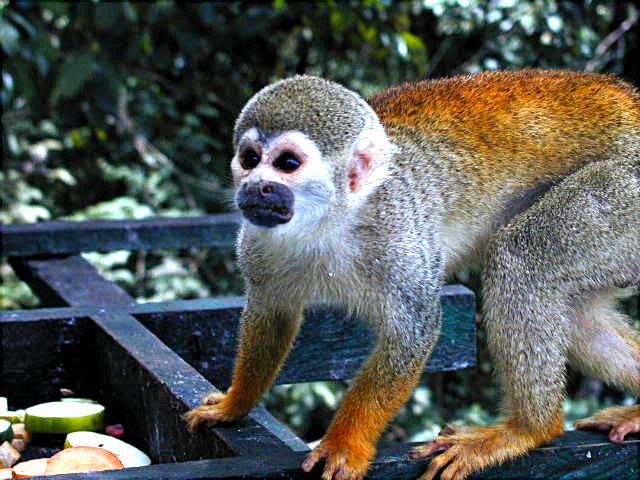
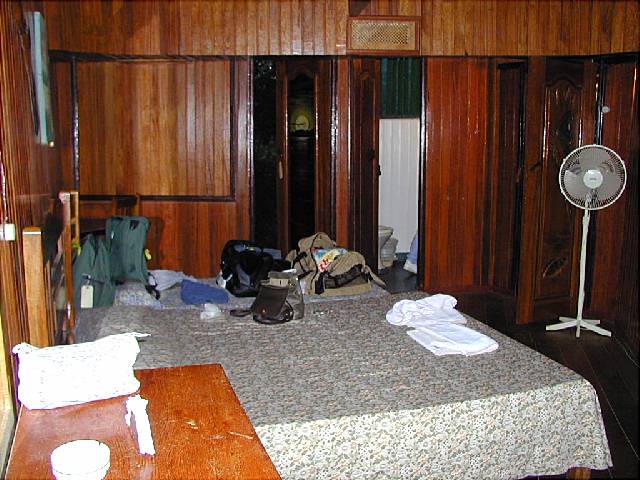 The hotel is owned by a local business man and his daughter, it is big in the sense that there can be up to some 500 guests. You do not really feel it as they are dispersed, there are some 6 or 7 big towers, two restaurants and 4 miles of foot-bridges up and down the place, there is even a Tarzan´s house some 36 meters up in a tree.
The hotel is owned by a local business man and his daughter, it is big in the sense that there can be up to some 500 guests. You do not really feel it as they are dispersed, there are some 6 or 7 big towers, two restaurants and 4 miles of foot-bridges up and down the place, there is even a Tarzan´s house some 36 meters up in a tree.
This is the view from our balcony, you can see some of the wooden bridge that connects our tower to some other areas of the hotel complex. These bridges are at least high enough that when the water is at its highest point in the rainy season, they are still dry. In March the water was still going up and some two to three meters under its maximum level.
Birds and monkeys will sometime appear, but the balcony is fenced so you are safe inside your "cage".
Then it was dinner time followed by a night canoe trip up river to see and maybe catch an alligator, well just a small one to have the opportunity to see it at close range. The technique that the guide uses is to blind them with a powerful electric torch, then getting closer and closer until he can grab it in his hands....
The alligators are protected in the sense that no business is allowed on their skin, but local people, especially Indians, can kill them and eat them as they have been part of their diet for years. You might find alligator meat in some restaurants when the way the meat was obtained is legalized by the protection agency. So Walmir, our canoe skipper, got an alligator and showed it to everybody. Then it was duly released, probably more frightened than harmed.Then we went back to the hotel and fell into bed.......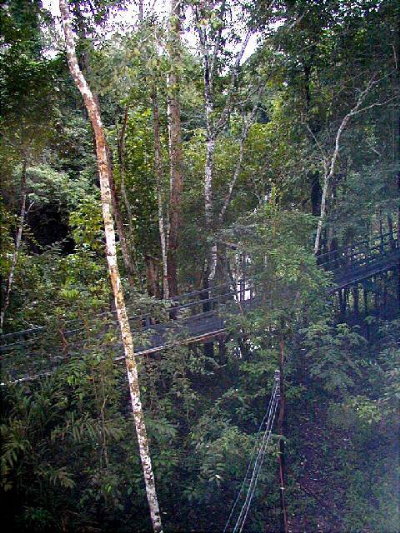
Next morning, we woke up early and decided to walk up the observation tower some 40 meters high. There we saw the sleeping monkeys on the stairs of the tower, 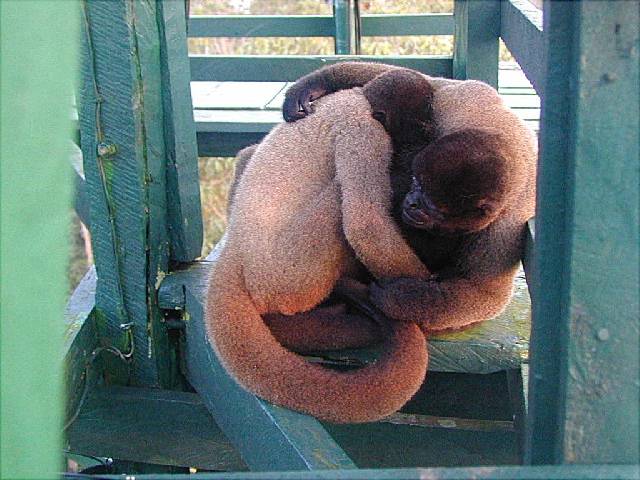
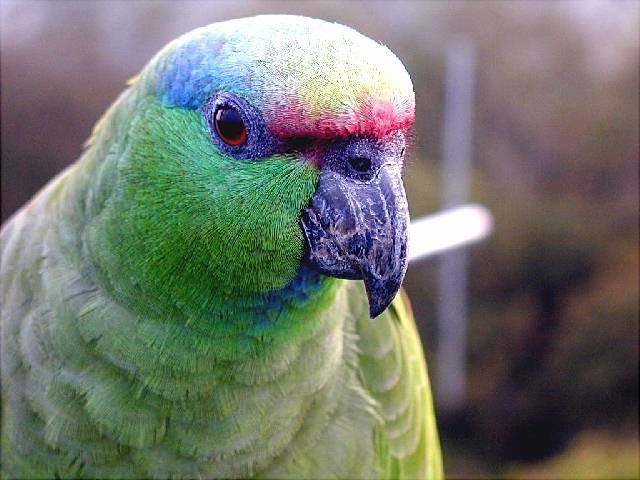
the parrot crew giving us a noisy welcome and the forest at dawn.
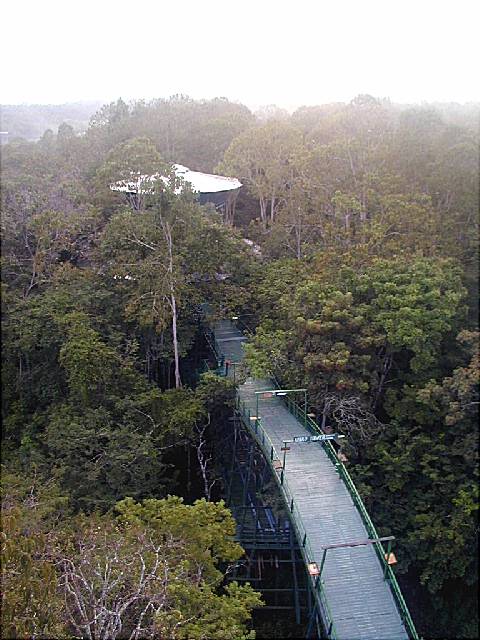
This is the tower where our room was located and its access bridge.
Later, after breakfast, it was a canoe ride to go and see some part of the forest and also to visit some local families that live by and from the river. We learned that the Brazil nut grows in a bigger nutlike ball that contains a dozen of the smaller nuts. Our guide cut some and we tried the real thing, it's good and has a fresher taste not unlike barely ripened walnuts. There were some acai trees as well, which bears a small black fruit which has one of the highest content of iron. We also saw some big trees that might be used for building floating houses.
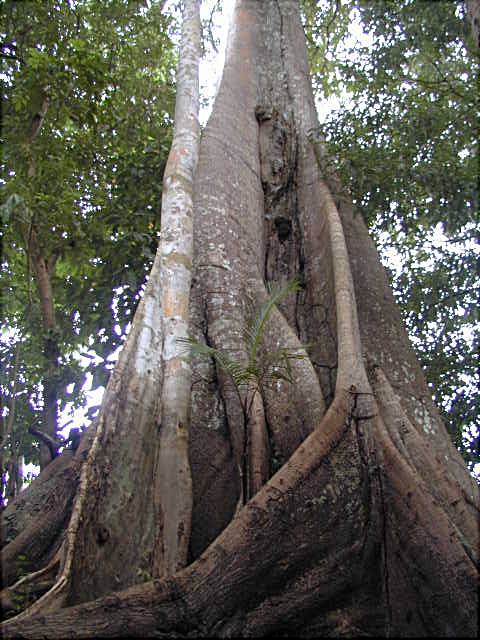
Local people build wooden houses on pile foundations that are high enough so that the water does not flood the house when it's the rainy season. They might have a generator, kind of a luxury, mostly found in the villages.


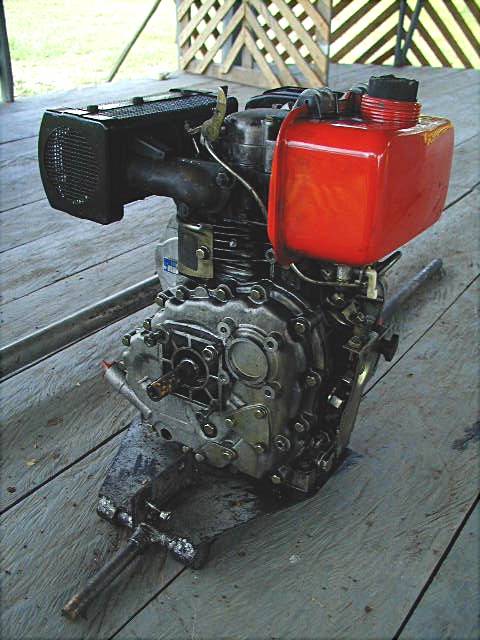

What is the most essential is the transport medium and its engine. The cheapest are the one cylinder diesel engines that are water pump engines transformed with an axle and propeller (under US$ 700). Outboard engines are seldom seen and often on tourist related canoes and boats.
In the afternoon we had another canoe trip towards a small protected lake called lake Ubim. The floating yellow grass like plant is a kind of wild rice that curiously is not used by the locals.
We even stopped and some of the younger people in the group jumped into the dark water, you can bet that there were no alligators or piranhas in sight.....
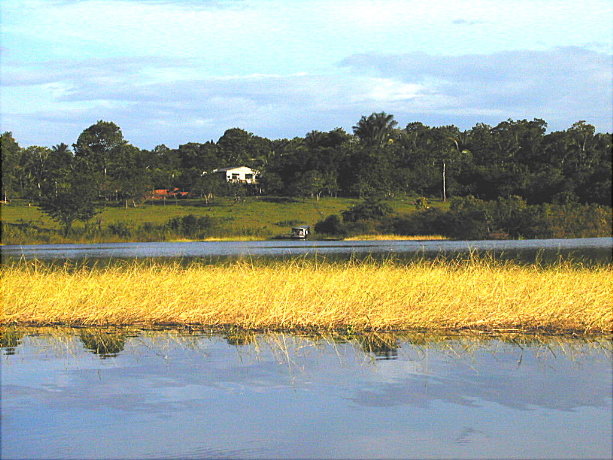
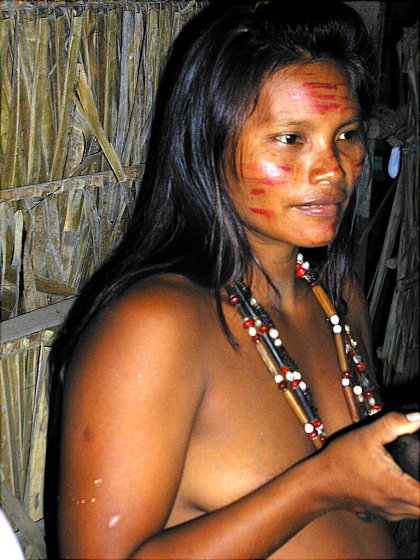 In the evening we went to see the indian dance ritual to thank the gods for the plentiful fishing and hunting of the day, so some of us danced and we were invited to try their local grilled meats, some alligator, armadillo and other kind of specialities. We drunk some fermented pineapple juice and after this merry meeting went back to our base.
In the evening we went to see the indian dance ritual to thank the gods for the plentiful fishing and hunting of the day, so some of us danced and we were invited to try their local grilled meats, some alligator, armadillo and other kind of specialities. We drunk some fermented pineapple juice and after this merry meeting went back to our base.
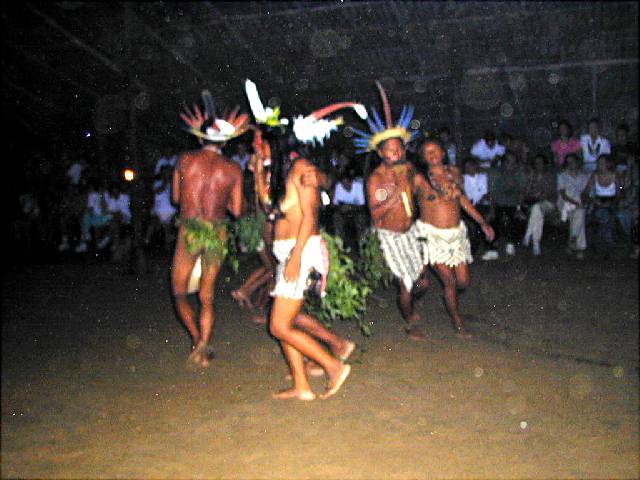
Part 2 here!